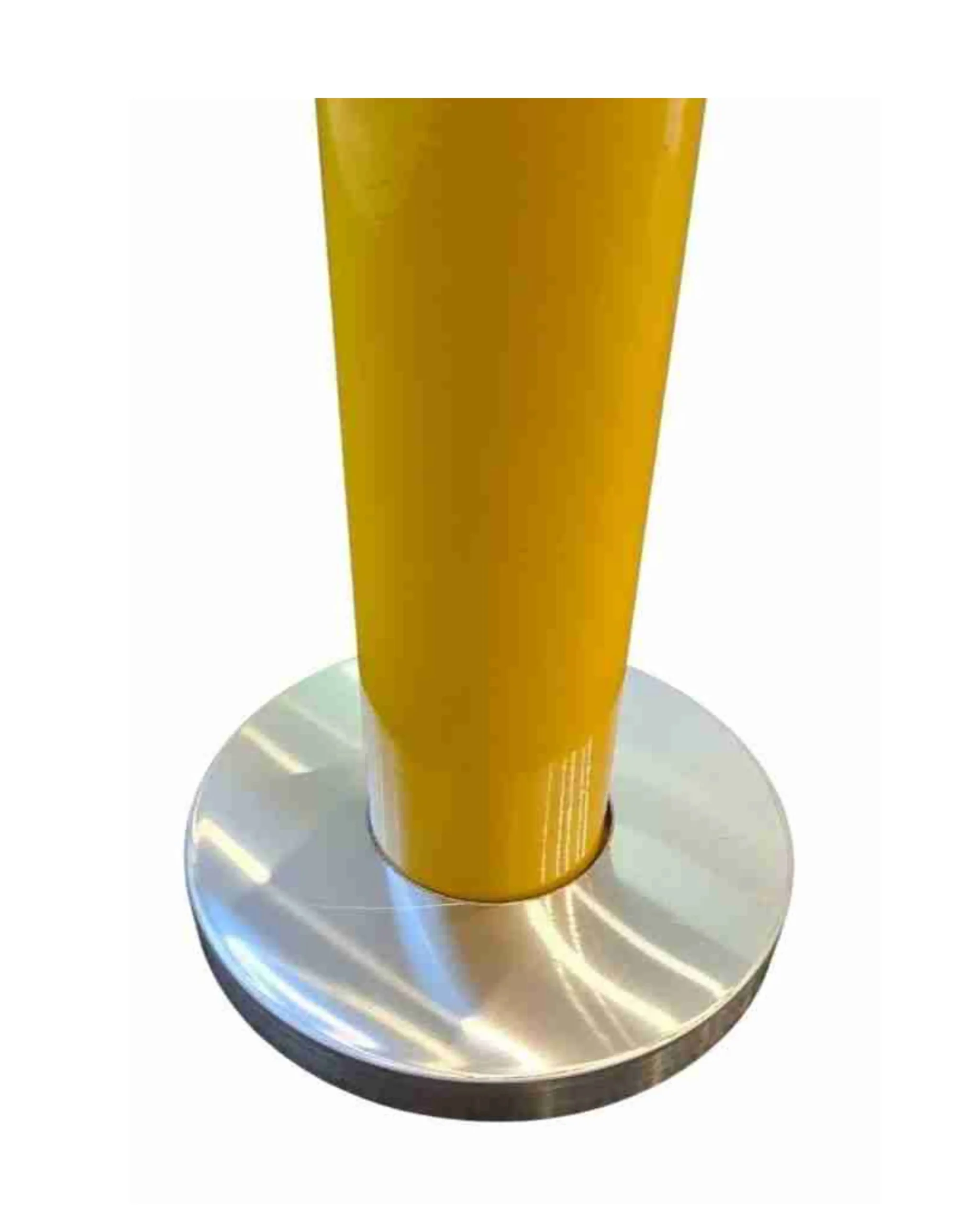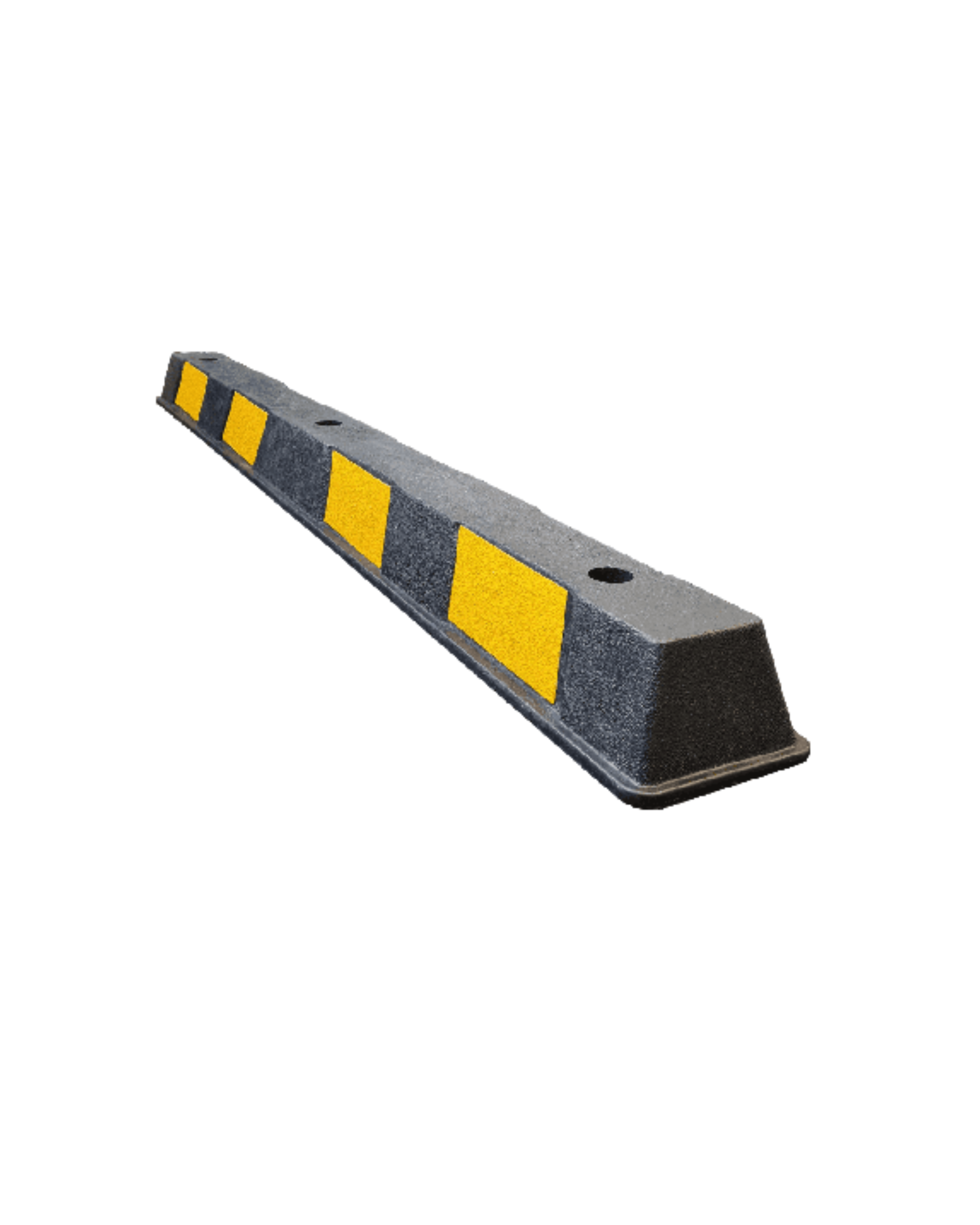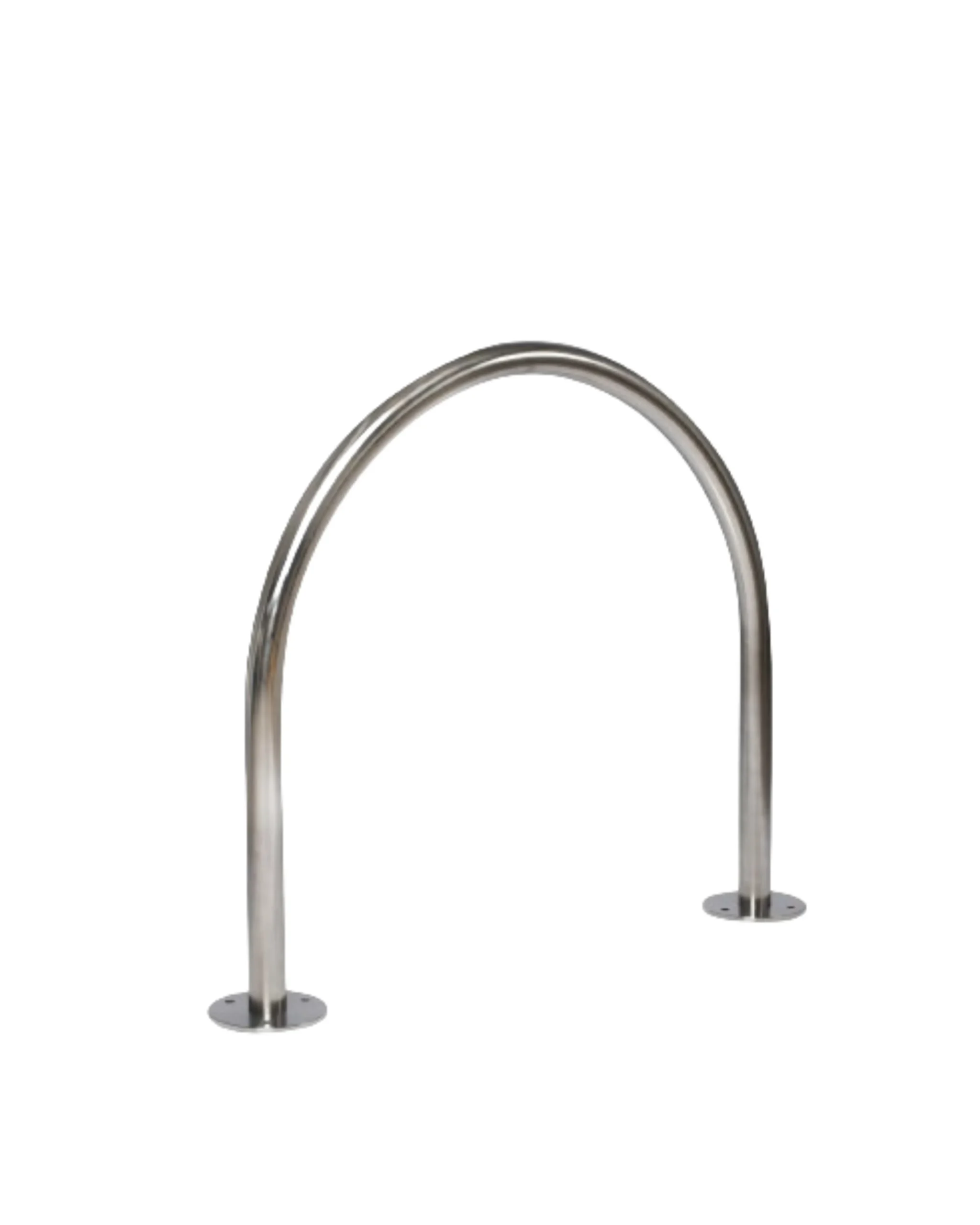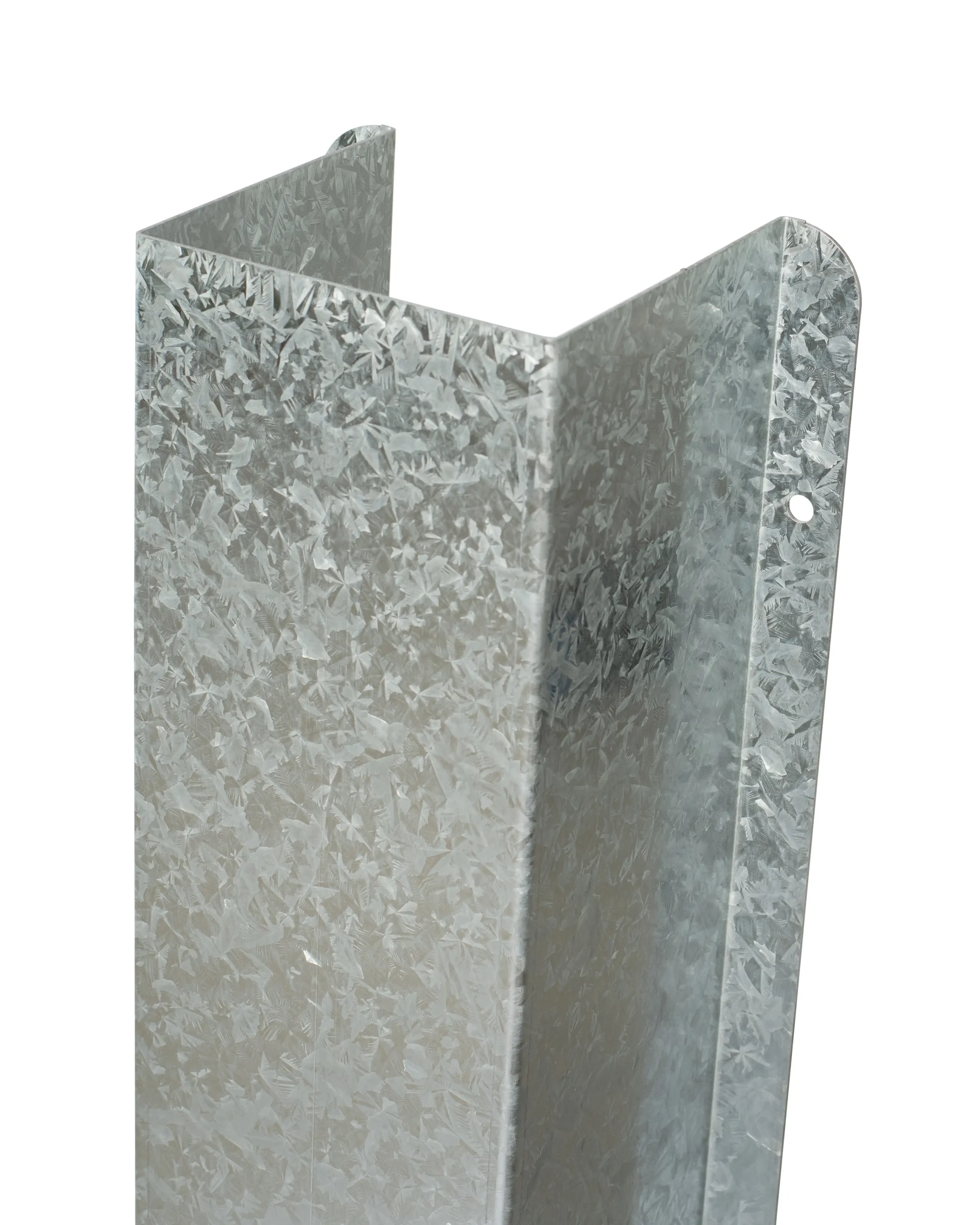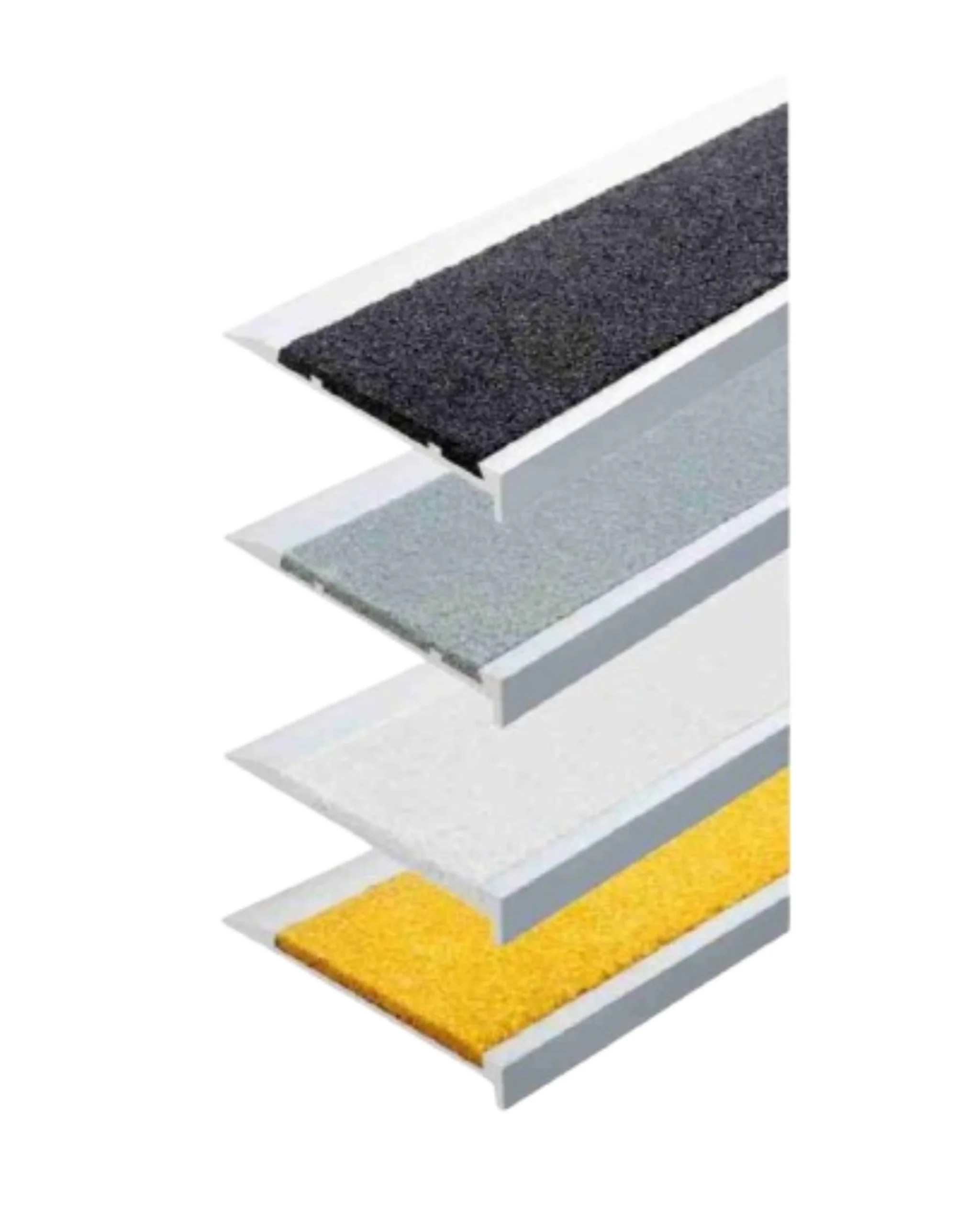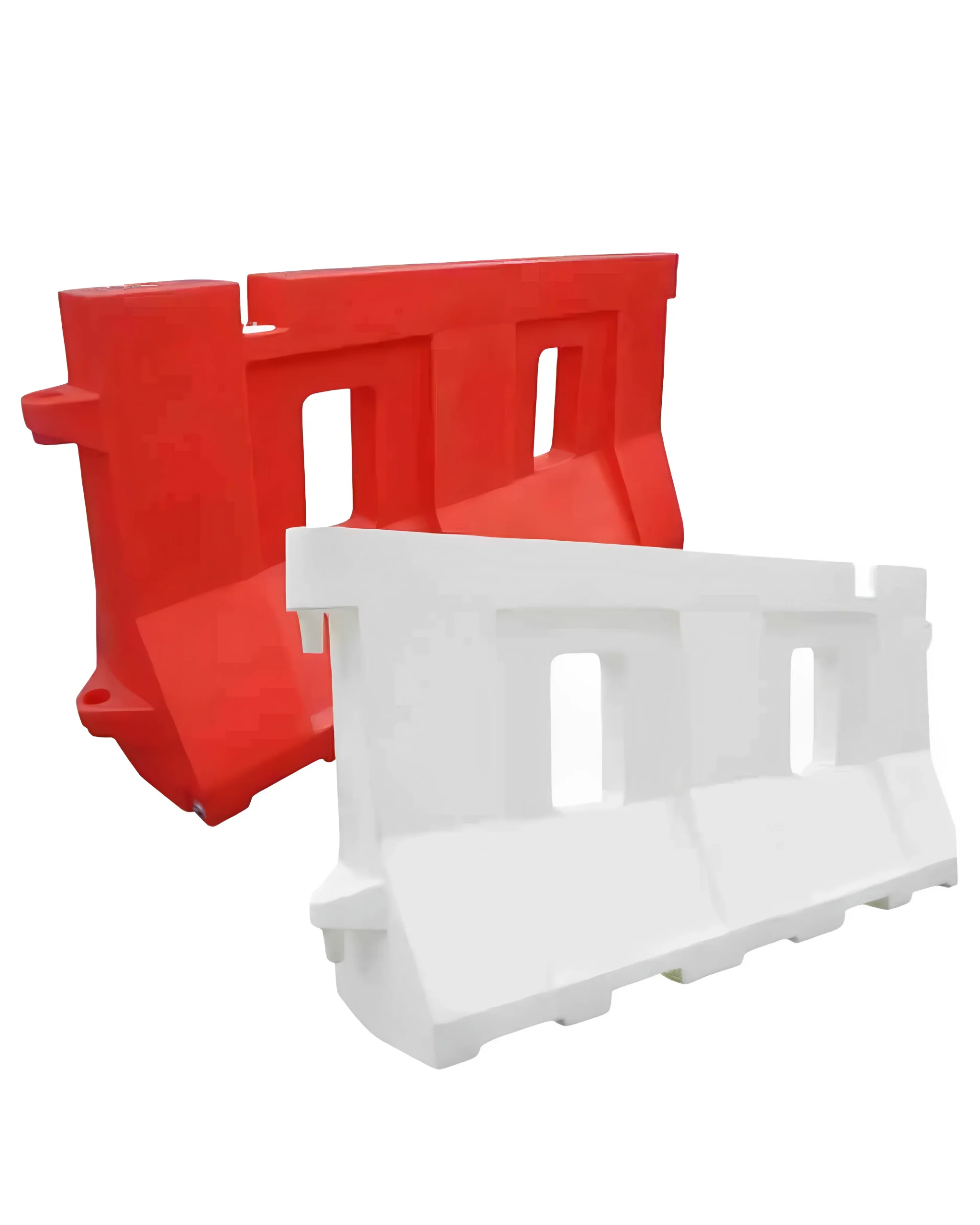Controlling traffic and managing its flow has become an increasingly important part of modern cities. An effective way to do this is by using bollards, which have been used for centuries to control the movement of people and vehicles in urban areas. This article will explore the role of bollards in traffic control and management, focusing on how they are used today and their benefits for cities around the world.
Bollards provide a physical barrier between pedestrians, cyclists, motorcyclists, cars, trucks and other forms of transportation, allowing authorities to safely manage the flow of traffic in public spaces. With their various sizes, shapes and materials available – from steel-reinforced concrete to stainless steel – these barriers can be customised according to specific needs or requirements. In addition, many modern bollard designs incorporate features such as lighting, electronic sensors or surveillance cameras that allow for further customization when it comes to controlling traffic patterns.
The use of bollards has grown significantly over recent years due to their effectiveness at providing a secure environment while not causing disruption or congestion within the area. As well as helping with safety issues such as preventing vehicle access into certain areas or prohibiting parking in certain locations; they also help create designated pathways for pedestrians and cyclists whilst keeping them separate from motorised vehicles. Bollards thus play a very important role in terms of both safety measures and traffic management within our cities.
Different Types Of Bollards For Traffic Control
A bollard is a solid post, often made of steel and concrete, that stands upright like a sentry to guard an area. They are typically used in traffic control and management as they can serve multiple purposes; from controlling the flow of vehicles or pedestrians, to protecting buildings and people. Bollards have become increasingly popular for their versatility, strength and durability.
Bollards come in many sizes, shapes, materials and forms. For traffic control applications, there are three main types: permanent bollards which cannot be moved; removable bollards that can be locked into place when needed; and collapsible bollards that can easily fold down flush with the ground when not in use. Depending on the purpose of installation, each type offers various benefits such as providing additional security or increasing public safety.
For vehicular access control, higher impact resistant bollards should be considered due to their strength and ability to withstand vehicle collisions. These range from heavy duty reinforced steel models to those using alternative materials such as stainless steel or fiberglass-reinforced polymer (FRP). Some even come with built-in lighting systems for improved visibility at night time.
In addition to being strong enough to protect against accidental impacts, these bollards must also provide a clear visual cue for drivers indicating where it is safe to drive. This may involve colour coding or reflective striping so that motorists can identify them quickly without having to slow down or swerve unexpectedly. With this system in place, drivers can navigate around obstacles more safely while reducing the risk of accidents caused by misjudging distances between objects or veering off course accidentally.
Benefits Of Using Bollards For Traffic Control
With an estimated 80% of road users in the UK using bollards to navigate their route, it is clear that they are an effective tool for traffic control and management. This article will examine the benefits of using bollards for this purpose.
Firstly, bollards can be used as a physical barrier between pedestrians and vehicles, helping to increase safety on roads by preventing people from crossing or entering at locations where it could be dangerous for them to do so. They also provide visual cues which can help drivers identify important areas such as sidewalks, intersections, or parking spaces quickly and easily. Additionally, installing bollards can reduce the speed of vehicle traffic by creating a physical obstacle which forces drivers to slow down when approaching certain areas.
Another advantage of using bollards is that they are relatively inexpensive compared to other methods of traffic control like guardrails or signs. Not only does this make them more cost-effective but also easier to install since there is no need for expensive equipment or specialised personnel. Furthermore, since they are durable and low-maintenance, any maintenance costs associated with them tend to be minimal over time.
Finally, many types of bollards come equipped with reflective materials which enables motorists to better see them during night driving conditions; thus providing even greater protection against accidents. TIP: When choosing your bollard setup always consider nighttime visibility – especially if you’ll have high speed lanes nearby! In addition to increasing visibility in dark settings these materials may also improve reaction times amongst drivers furthering improving overall safety levels on roads that incorporate them into their design scheme.
These benefits demonstrate why bollards should be seriously considered when considering measures for controlling traffic flow and managing pedestrian crossings along busy streets or highways – making sure everyone gets home safely every day!
Challenges Of Using Bollards For Traffic Control
The use of bollards for traffic control can present a number of challenges. One such challenge is the cost associated with installing and maintaining them. Bollards are made from either steel or hardwood, both of which require frequent maintenance in order to preserve their aesthetics and ensure that they remain effective in controlling vehicles. Additionally, these materials may be expensive to obtain depending on the location and type being used. Furthermore, installation requires specialised tools and knowledge, making it difficult to install without trained professionals.
Another issue is that bollards can sometimes cause confusion among drivers who are unfamiliar with their purpose or unaware of their presence. This could lead to accidents due to misjudgment or lack of caution when approaching them. In addition, if not properly secured, unauthorised vehicles may attempt to drive over them or otherwise move them out of place; this would render bollards ineffective in managing traffic flow as well as potentially create an unsafe environment for pedestrians and other road users.
A third challenge faced by those using bollards for traffic control comes from environmental factors such as weather conditions like wind, rain and snow which can damage the structure’s stability over time. It is important to have proper drainage systems installed alongside bollards so that water does not pool around its base and weaken it due to corrosion or wear away at its surface causing potential safety hazards.
Finally, obstacles presented by existing infrastructure must also be taken into consideration when planning where and how many bollards should be placed along a roadway since space limitations might get in the way of effectively controlling cars while still allowing enough room for safe passage through the area. Taking all these issues into account will help determine whether bollard implementation is suitable solution for any given situation. Moving forward, establishing the effectiveness of bollards as a means of traffic management requires further investigation from experts in this field.
Effectiveness Of Bollards For Traffic Management
How effective are bollards in managing traffic? This question has been investigated by numerous studies, which have provided insight into the role of bollards in traffic control and management. In this section, we will explore the effectiveness of bollards for traffic management.
Firstly, research suggests that bollards can be an efficient method for controlling vehicle access to public areas. For example, one study found that when compared with other physical barrier systems such as guardrails or concrete walls, bollards were more successful at preventing vehicles from entering restricted zones. Moreover, the installation of bollards was associated with a decrease in accidents involving pedestrians and cyclists near commercial establishments.
Secondly, there is evidence that strategically placed bollards can help improve road safety by reducing speeding. Studies indicate that motorists tend to drive slower when approaching locations where they see bollard barriers installed due to their visibility and familiarity with them. Furthermore, drivers appear to be less likely to veer off course when faced with obstructions such as these rather than open spaces without any barriers present.
Thirdly, some research indicates that the presence of bollards may also influence driver behaviour in terms of making better decisions while navigating through intersections. By providing clearer boundaries between lanes and blocking certain routes while allowing others, drivers are able to assess traffic flows more accurately so they can make safer turning manoeuvres. Additionally, it appears that installing lighting around bollards helps increase visibility during night time driving conditions and therefore promotes safer navigation habits among motorists.
In sum then, the use of bollards for traffic management appears to provide many benefits including improved pedestrian safety and reduced vehicular speeds near protected zones along roadsides and intersections alike. Moving forward however, further analysis must be conducted on potential regulations and standards for proper installation of these devices before widespread implementation takes place across different communities worldwide.
Examples Of Effective Bollard Use In Traffic Management
How can bollards be effectively used in traffic management? Bollards are commonly found in urban areas and have become a popular way to control the flow of vehicles. This article will explore examples of effective bollard use in traffic management, as well as their advantages and limitations.
Bollards are typically placed along sidewalks or at intersections to physically block vehicular access while allowing pedestrians to pass through them. They come in various sizes and materials such as steel, plastic, concrete, and even rubber. Bollards can be used for both permanent and temporary installations depending on the situation. For example, they may be installed temporarily during an event or construction project when pedestrian safety is a priority. Permanent installations may include roundabouts that require bollards to separate cars from pedestrians or cyclists.
In addition to providing physical barriers between automobiles and people, bollards provide additional benefits such as improved visibility for drivers approaching intersections which can reduce accidents by making it easier for drivers to see what’s ahead of them before entering the intersection. Additionally, bollards make it difficult for unauthorised vehicles to enter specific areas like parking lots or restricted streets which helps keep those areas safe from intrusion.
Despite their many advantages, there are some drawbacks associated with using bollards in traffic management. They must constantly be monitored and maintained due to wear-and-tear caused by weather conditions or collisions with moving vehicles resulting from reckless driving. Moreover, if improperly installed they can cause damage not only to the vehicle but also potentially injure nearby pedestrians should a collision occur near them.
Overall, bollards serve an important purpose in traffic control and management: protecting both motorists and pedestrians alike while ensuring smooth navigation across busy roadsides or thoroughfares within cities. With proper installation techniques being employed alongside regular maintenance checks – bollards can remain effective solutions for keeping our urban environments safer now more than ever before. As we move forward into the future of traffic control and management – understanding how best to utilise these tools is essential towards creating safer communities around us today.

















